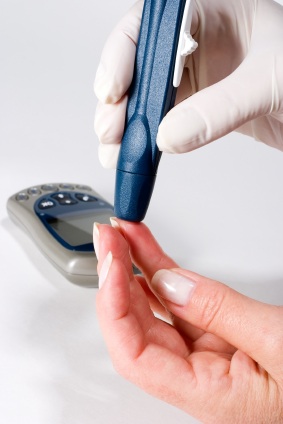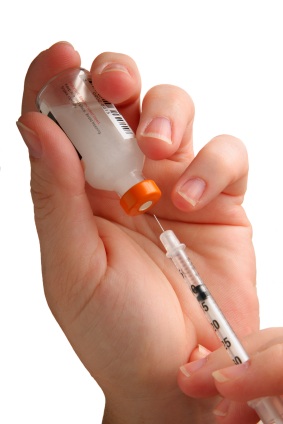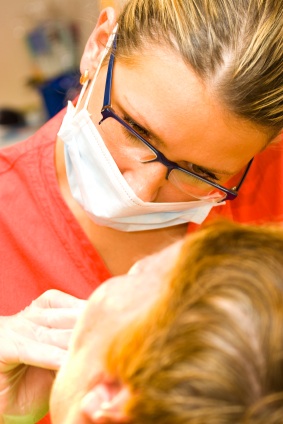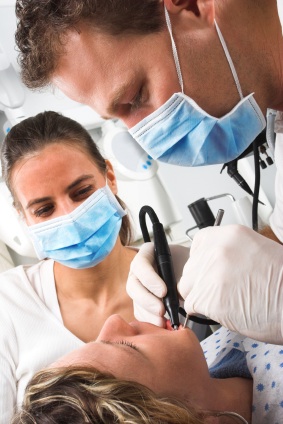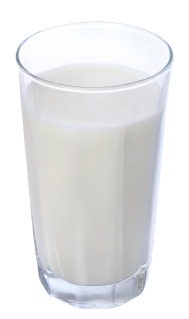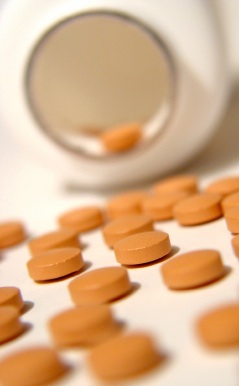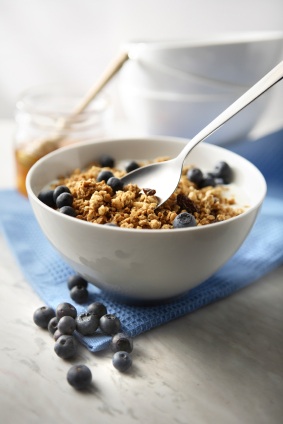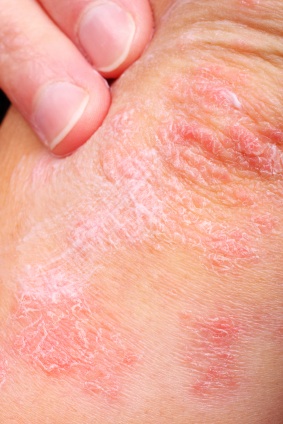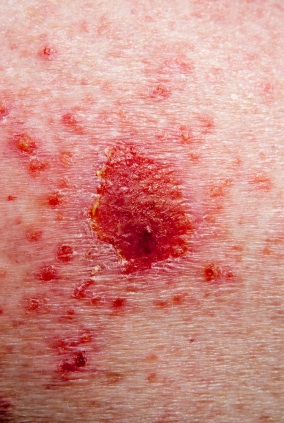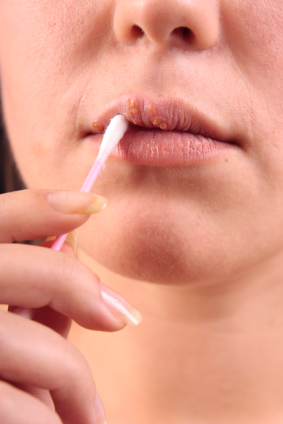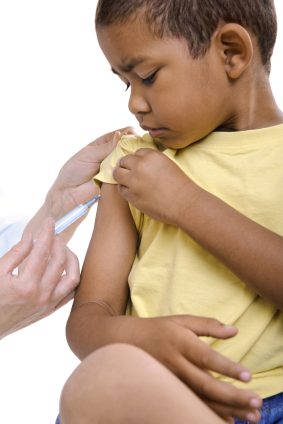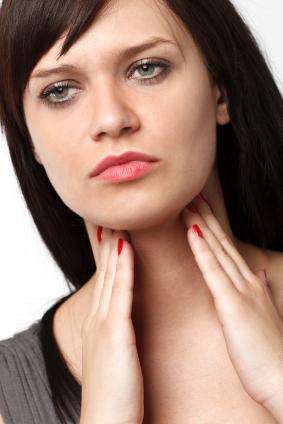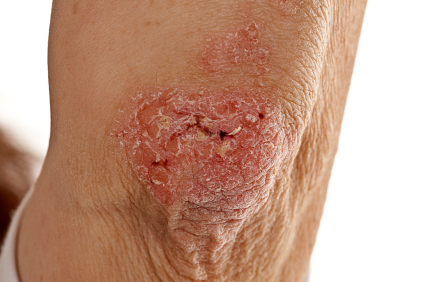What is Alzheimer’s?
Alzheimer’s Disease is a slowly progressing and irreversible brain disorder named for German physician, Alois Alzheimer, who described the disease in 1906. While working in a city mental hospital in Frankfurt, Germany, the doctor had a 51 year old female patient whose symptoms did not fit into any previously recognized category. She had declining memory capability, confusion, disorientation, and delusions. Her symptoms continued to worsen and according to the doctor, she once said, “I have lost myself.”
This is an apt description of the disease that would eventually be known as Alzheimer’s. After her death in 1906, Dr. Alzheimer performed an autopsy on her brain and discovered that it had shrunk greatly. He also discovered unusual clumps of protein or plagues in the patient’s brain. These were the plagues and tangles that are now associated with the disease. The disease is also known as senile dementia of the Alzheimer type.

Characterizing Alzheimer’s
Alzheimer’s is characterized by memory impairment and problems with reasoning, perception, and language. It gradually destroys memory and thinking skills necessary to function and live independently. During the course of Alzheimer’s, plagues and tangles develop inside the brain and cause brain cells to die. In most cases, Alzheimer’s patients show a deficiency in certain essential brain chemicals. Though there are drugs that may slow the progression of the disease, there is currently no cure.
Alzheimer’s does not by itself shorten a person’s life expectancy. Rather, it is the complications caused by the disease that contribute to death. As the disease progresses, sufferers are less able to care for themselves and they may not get the help they need for infections or illness. The period of time between diagnosis and death can be anywhere from one to fifteen years, though it is usually six to ten years.
What are the Symptoms?
The first sign of Alzheimer’s is memory loss that affects your daily life. Often misplacing items is a common early symptom of the disease. Other symptoms include difficulty in planning or solving problems, completing familiar tasks, confusion with place and time, problems writing or speaking, withdrawal from work or social activities, and the loss of the ability to see accurately the visual world and to understand these visual images.
How is Alzheimer’s Diagnosed?
There are no blood test, urine tests, biopsies, or MRIs that can diagnose Alzheimer’s. A brain scan may help to identify irregularities in the brain, but no doctor can be 100% certain that a patient has the disease until after death when the brain can be examined for plagues and tangles.
However, doctors can be reasonably certain of a correct diagnosis for Alzheimer’s from various cognitive tests that examine language, memory and mathematical skills. From these tests a doctor can often determine if an individual has the disease and what stage of Alzheimer’s the patient is suffering from. Blood tests, urine tests, and MRIs are often utilized to rule out other potential problems. After a proper diagnosis, the physician can prescribe the proper medication and determine the correct level of care needed.
Stages of Alzheimer’s
Specialists dealing with Alzheimer’s have identified stages of the disease that occur in many individuals. These stages have common symptoms and allow for patients and their families to understand what comes next as the disease progresses.
Stages 1, 2, and 3
Stage 1 is the beginning of the disease and no impairment is noticed. During stage 2, some cognitive decline may be noticed, though it may be difficult to tell whether this is normal age related decline or the early stages of Alzheimer’s. Stage 3 shows mild cognitive decline with decreased memory, a decline in the ability to organize or plan, and the misplacement of common items. It is during this stage that doctors may be able to first diagnose the disease.
Stages 4 & 5
In Stage 4, an individual would exhibit moderate cognitive decline and would have greater memory loss, less ability to remember recent events, and may become more withdrawn. This is usually considered early stage Alzheimer’s. Stage 5 is characterized by moderately severe cognitive decline. This is considered mid-stage Alzheimer’s. Individuals in this stage can become confused about date and place. They may also have trouble remembering familiar information such as their address or phone number. Assistance with day to day activities becomes essential during this stage.
Stages 6 & 7
Stage 6 is still considered mid-stage Alzheimer’s but the disease progresses and the individual experiences severe cognitive decline. In this stage, the disease affects one’s ability to remember names of family members, to recall recent events, and to properly take care of basic needs like dressing, bathing, and hygiene.
They may also begin to have delusions and experience personality changes. Stage 7 is the final stage of Alzheimer’s and is characterized by very severe cognitive decline. Individuals may lose their capacity to speak properly, to walk without assistance, and to eat without help. Eventually they may lose the ability to control movement.
Causes of Alzheimer’s
The principal risk factor is increasing age. As our population ages and our average lifespan increases, the numbers of those with Alzheimer’s increases. It is estimated that 10% of the population over 65 years of age have Alzheimer’s, and 50% over the age of 80 have some level of the disease. It is estimated that there are currently over 5 million Americans with Alzheimer’s and that number is predicted to grow to nearly 15 million by the year 2050.
Genetics can increase the likelihood of developing the disease. Many people with early onset Alzheimer’s (in their 40s and 50s) have genetic mutations that make them more prone to the disease. Scientists have discovered one risk gene for Alzheimer’s. This is the APOE-e4 gene that is one type of APOE gene. Everyone inherits one APOE gene from each parent; if one of those happen to be the APOE-e4 gene, then that individual has a greater chance of developing Alzheimer’s and also has a greater possibility of developing the disease at a younger age.
Additional Risk Factors
Scientists have also discovered a deterministic gene that guarantees the development of Alzheimer’s. This gene is only found in a few hundred families in the world and only accounts for less than 5 percent of all Alzheimer’s cases.
Other identified risk factors include high blood pressure, coronary heart disease, and diabetes. If you are a woman, you are more at risk for developing Alzheimer’s. Scientists are not certain why, however this increased risk may be due to the fact that women live longer than men. There is also some evidence that those who have completed less than eight years of schooling have a greater risk of developing Alzheimer’s.
Does our Modern Diet Cause Alzheimer’s
Many doctors, scientists, and nutritionists are beginning to believe that our modern diet contributes to the development of Alzheimer’s. They believe that our consumption of sugar, fat, chemicals, pesticides and pharmaceutical drugs may lead directly or indirectly to the development of this disease. Some evidence shows that obesity in middle age can increase your risk of Alzheimer’s. Diabetes and stress are also believed to increase your chances of developing the disease. Eating a healthy diet, exercising daily, and controlling stress may lower your chances of developing Alzheimer’s.

A study done at a Rhode Island hospital discovered a significant correlation between nitrates in our food and our environment and increased death rates form certain diseases such as Alzheimer’s. Humans are exposed to nitrates through processed foods and fertilizers. This is merely another warning that we should examine our modern lifestyle and attempt to make changes that will lessen the risk of these “modern lifestyle” diseases.
Outlook for Cures
While the progression of Alzheimer’s can be slowed and the mental abilities of patients can be improved for a time with certain prescribed drugs, there is no medication that will cure Alzheimer’s. There are several prescription drugs that have been approved by the FDA (United States Food and Drug Administration) to treat people who have been diagnosed with Alzheimer’s.
These include cholinesterase inhibitors for mild to moderate Alzheimer’s. Cholinesterase inhibitors often slow down the progression of the disease for six to twelve months, though some patients experienced longer delays. The names of some of these include, galantamine, rivastigmine, and donepezil. It is believed that these drugs prevent the breakdown of acetylcholine. Acetylcholine is a brain chemical that is believed to be vital for thinking and memory. Side effects of this drug include nausea, diarrhea, vomiting, and loss of appetite.
Memantine is a medication that has been approved for moderate to severe forms of the disease. This drug protects brain cells from damage caused by a chemical messenger called glutamate. The drug has shown to increase mental function for a period of time and has minimal side effects. None of these drugs cure the disease, the merely slow down the progression or lessen the severity of the symptoms.
Natural Cures
Before deciding to rely on natural cures to treat Alzheimer’s, please consult your physician and do your own research. Most natural cures have not been tested under proper clinical conditions to prove or disprove their effectiveness and safety. However, for those people who believe in the healing power of foods, herbs, botanicals, and supplements, there are a few choices that may show promise in the fight against Alzheimer’s. It is probably wise to use natural cures in conjunction with prescribed medicine to get the best results.
Some studies have shown a possible benefit from taking antioxidants such as Vitamin E and Vitamin C to delay the progression of the disease. B vitamins are essential for the proper functioning of the nervous system and should be taken while battling the progression of Alzheimer’s.
New research has indicated that alpha lipoid acid and acetyl L-Carnitine help to slow down the disease. Alpha lipoid acid can lower oxidative damage to the brain and improve memory performance. Acetyl L-Carnitine works by preventing a buildup of amyloid plague that causes damage to brain tissue.
Huperzine A
Huperzine A has been promoted by some as a possible natural treatment for Alzheimer’s. It is a moss extract that has been used in traditional Chinese medicine for hundreds of years. Some evidence has shown that Huperzine A may work in a similar way as cholinesterase inhibitors, but much research is needed before this can be a recommended course of action.
Group Therapy
Another form of treatment is group therapy. The goal of group activities and discussions is to stimulate the brain. There are conflicting opinions on whether this method is effective, but it stands to reason that some benefit may be derived from using the brain and stimulating memory and language skills.
Ways to Prevent
Move! And keep moving! And move some more! Most experts agree that a sedentary lifestyle will cause an individual to age faster and have a greater risk for developing age-related diseases such as diabetes and Alzheimer’s. These experts also agree that exercise has the greatest impact on delaying age related diseases. Do you want to live longer, be healthier, and delay the effects of aging as long as possible? Get off the couch and get moving.
Eat healthy
Don’t consume too much sugar. The over consumption of sugar helps to create a chemical process called glycation. Some experts believe that glycation and its by-products (called Advanced Glycation Endproducts or AGEs) contribute to the alteration of proteins in the brain that cause Alzheimer’s. Eat as much natural food as possible. Avoid processed foods, fast food, and food that comes in boxes, cans, and packages.
Eating a diet high in Omega-3 fatty acids may help. Fish, such as salmon and mackerel are high in this important nutrient. Supplementation of Omega-3 fatty acids may also help.
Exercise the Mind
Learn new things and work out your brain, riddles, puzzles, and brain games help keep your mind working. Practice memory skills, vary habits, eat with a different hand; these things can all contribute to a healthy, agile, and youthful mind. Read, keep a journal, try new experiences, vary your route through as much as you can; these things may help keep your brain stimulated. By maintaining an active brain you may help to ward off Alzheimer’s.
Avoid Aluminum
The exposure to aluminum in the environment has been linked to Alzheimer’s. You should avoid deodorants containing aluminum (most do), throw out the aluminum cookware, and stay away from foods packaged in aluminum cans.
Sleep and Stress
Failing to get the proper nightly rest may not only make you tired and cranky, it may also damage your brain. Getting enough sleep and having regular sleeping patterns are important to the health of you brain. You should also learn to manage stress as much as possible.
Cortisol, a stress hormone can cause premature aging, increase cognitive decline, and contribute to diseases such as depression and diabetes. Deep breathing, taking regular breaks to relax throughout the day, meditating, doing yoga, and maintaining a strong support system of friends, family and co-workers all help to lower stress levels and prevent stress from accelerating the aging process and contributing to Alzheimer’s.
What the Future Holds?
Researchers and doctors will continue to seek better methods to prevent, diagnose, and treat Alzheimer’s disease. Doctors should be able to improve techniques for identifying those at greater risk for developing the disease. Identifying biological markers in blood, urine, and spinal fluid may help specialists detect those that may need early treatment. Improved imaging techniques may allow researchers to get a better understanding of the brain by viewing plagues and tangles in patients living with Alzheimer’s. This increased knowledge will help them diagnose and treat future patients.
Researchers will also focus on developing better treatment options. Currently, treatment only slows the progression of the disease and limits the symptoms. Long term efficacy of current medications is lacking. The future hope is to find treatments that stop the progression of the disease and eventually cure those who suffer from Alzheimer’s.
Positive Outlook
Physicians and researchers dream of a future where a patient could get a specific test that would predict a risk for developing Alzheimer’s. If the test comes back with markers that show too high a risk, then the patient would be prescribed a medication that stops the disease in its tracks. Is this possible? We have learned a great deal in only a few short decades of Alzheimer’s research, and our knowledge will continue to expand.
Those in the field of Alzheimer’s research feel that they are on the threshold of developing new therapies and medicines that will have a major impact on Alzheimer’s prevention and treatment. If researchers and doctors continue to learn about and develop therapies for the disease at the same pace, predicting, controlling and curing Alzheimer’s is definitely a future possibility.

